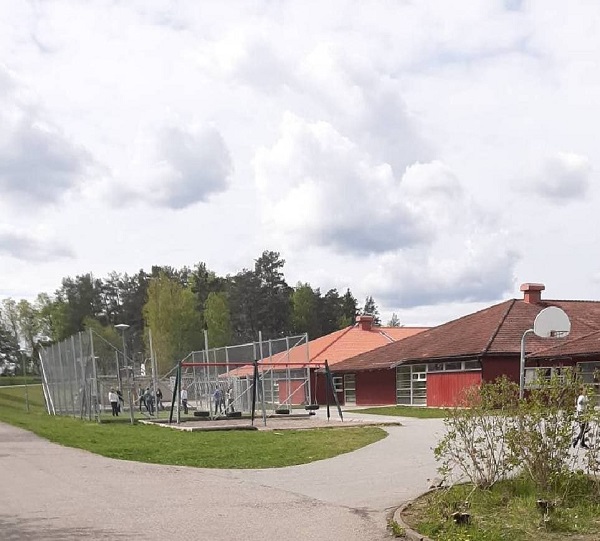The year 2020 has been marked by widespread commotion over the infection and spread of the new coronavirus (COVID-19) that has affected countries all over the world. Although countermeasures taken in each country have differed in start time and degree of implementation, countries have responded in common with self-quarantine and restraint. Among them, Sweden has received attention for taking measures that differ from those of other countries. First, it has a high internet diffusion rate, and nearly all the types of work that can be accomplished by teleworking are now done at home, but in accordance with a policy of achieving herd immunity at the national level, economic and business activity is basically conducted as usual.
As for the educational institutions that play a central role in children's lives, high schools and universities closed their buildings at the beginning of March 2020. Classes were given on-line, and teachers apparently had a hard time adjusting to the change. On the other hand, in Sweden, elementary and junior high schools as well as preschools and kindergartens have stayed open and have never closed, not even once. Given that the neighboring countries of Norway and Denmark decided to close all educational institutions in early March, in this respect as well, it can be said that Sweden took an original approach.
According to the Folkhälsomyndigheten (Reference 1), or Public Health Agency of Sweden, which is the counterpart of the Ministry of Health, Labour and Welfare in Japan, it was not necessary for healthy children who are feeling well to stay at home. Specific measures were left up to each educational body or commune, and as a basic policy, importance was placed on not suspending schooling and not interrupting the work activities of the parents. In other words, it is possible for a high school student or older to stay at home alone, but young children cannot be left at home alone, and if they do not attend school, it becomes necessary for the parents to temporarily stop work activities. Avoiding such a situation may be one reason for not closing elementary and junior high schools as well as preschools and kindergartens. Furthermore, the view increasingly held by many is that children who become infected are less apt to develop a serious condition or children are less likely to become infected in the first place.
Nevertheless, students are still given detailed instructions in school. They are reminded about hygiene and told to wash their hands with soap and not to touch their face with their hands. Not only desks and floors, but computers and other equipment used for studying are carefully and regularly cleaned and disinfected. Desks are placed to maintain social distancing. Lunch time for each class is scheduled so that the times are staggered. Presentations and other gatherings are also avoided. Classes include explanations about the virus and students are taught the concept of hygiene. Students stay home from school if they have symptoms such as coughing and a sore throat, or if there is even a slight change in their physical condition, and they are allowed to return to school two days after the said symptoms have subsided.
Our daughters attend elementary and junior high school. Viewing the situation in other countries, I had expected that even Sweden would decide to close schools at some point, but no such notifications were forthcoming. Wearing a mask is not a custom in Sweden and masks are not even sold at pharmacies, so I felt uneasy about the insufficient measures to prevent infection and its spread. Naturally, more and more parents were feeling anxious about the lack of knowledge regarding the new coronavirus. In other countries, after school closures and self-imposed quarantine began in early March, some parents decided not to send their children to school and kept them at home, but in April, this number gradually decreased, and today, in May, nearly all students are attending school.
Dance and sports lessons are also continuing by practicing social distancing and avoiding crowded spaces. My children, who expressed fear and anxiety about the virus when it first aroused alarm, rarely do so now, and after school, visit their friends' homes to play as they did before.
Of course, they are told to wash their hands and practice good hygiene, as they have always been told, but considering that they are children, I am not sure about the extent to which they are doing what they are told.
A little more time may be required before it is possible to determine whether the measures taken in Sweden against the COVID-19 virus are adequate or not. Nevertheless, it is clear that the situation has been handled with minimum effect on the lives of children and their studies. As we undertake measures to combat the COVID-19 virus over the long-term, it will be interesting to see the role that the example of Sweden will play in this effort.
 A junior high school after school
A junior high school after schoolReference1 https://www.folkhalsomyndigheten.se/














